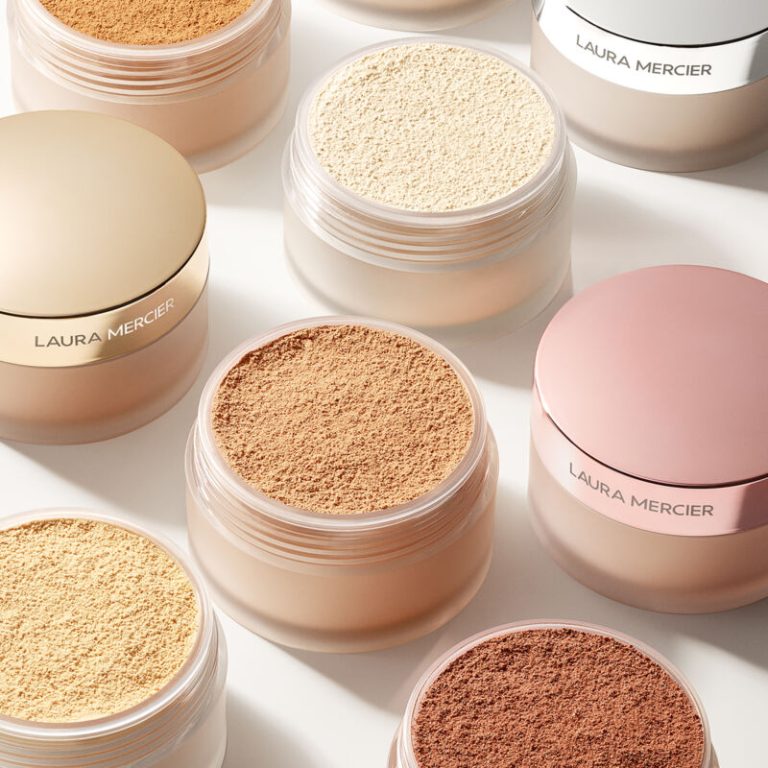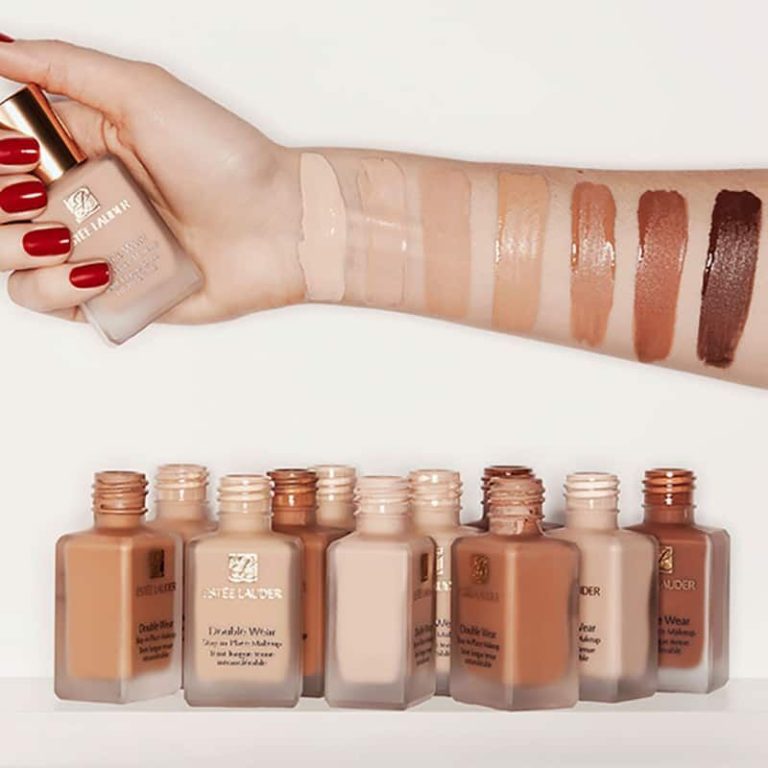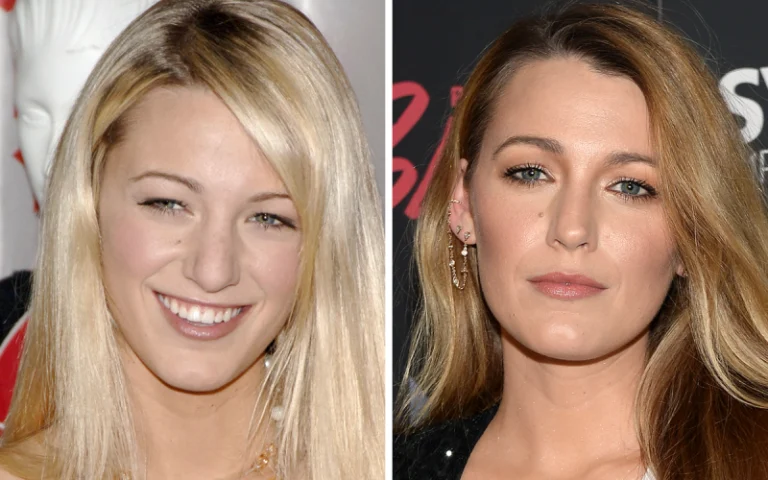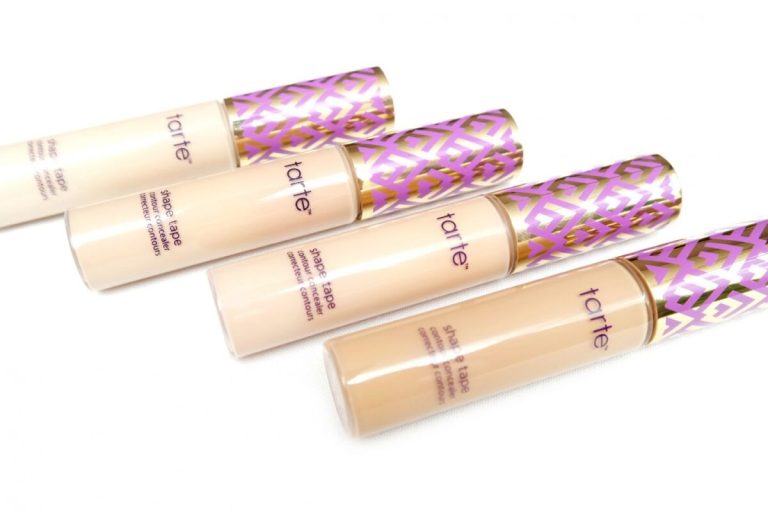Can I Use Foundation as Concealer?
Have you ever run out of concealer right before an important event? Or maybe you’re on a budget and don’t want to buy both foundation and concealer. Whatever the reason, many of us have wondered if we can use our foundation as a concealer substitute in a pinch.
In this complete guide, I’ll go over everything you need to know about using foundation as concealer. You’ll learn:
- The differences between foundation and concealer
- Tips for making foundation work as concealer
- How well foundation covers specific issues like dark circles
- When you still need a dedicated concealer
- Plus extra makeup and money-saving tips!
Keep reading to get the full scoop on maximizing your makeup routine.
Can I Use Foundation as Concealer? The Short Answer
Contents
- Can I Use Foundation as Concealer? The Short Answer
- What Actually Is Foundation?
- Then What’s Concealer?
- Using Your Foundation as Concealer
- Is It OK to Use Foundation Under Eyes?
- But Will Foundation Actually Cover Dark Circles?
- Can I Use Anything Else as Concealer Instead?
- Do I Need Both Concealer and Foundation?
- Should I Apply Concealer Before or After Foundation?
- Other Time and Money Saving Makeup Tips
- The Takeaway: Can I Use Foundation as Concealer?
The short answer is yes, you can use foundation as a concealer substitute if needed. However, foundation won’t provide the same powerful coverage as a true concealer.
A medium to full coverage foundation has the best shot at concealing minor imperfections. But for major issues like dark undereye circles or intense acne scarring, you’ll still need the concentrated pigments of a dedicated concealer.
Overall, opting for foundation over concealer depends on your specific needs and preferences. With the right tips and tricks, foundation can work in a pinch!

What Actually Is Foundation?
Before we dive into using foundation as concealer, let’s clearly define what foundation is exactly.
Foundation is a base makeup product applied all over the face and neck area. It creates a smooth, even canvas by evening out your overall skin tone.
Foundation comes in many different formulas:
- Liquid
- Cream
- Stick
- Cushion
- Powder
- Mineral powder
- Mousse
- BB creams
- CC creams
It’s made in a wide range of shades to match many different skin tones. Foundation can have different finishes too, like matte, satin, or dewy.
In addition to pigment, many foundations also contain skincare ingredients. These can include SPF, moisturizers, vitamins, and anti-aging components like retinol.
Overall, foundation aims to even out skin tone all over for a flawless base. Now let’s look at how concealer differs.
Then What’s Concealer?
Concealer is a makeup product specifically designed for spot concealing imperfections. It has a thicker, more concentrated formula than foundation.
The main purposes of concealer include:
- Covering blemishes
- Brightening dark undereye circles
- Neutralizing discoloration
- Masking hyperpigmentation
- Smoothing fine lines
Like foundation, concealer comes in many shades to color correct and seamlessly match skin tones. It also comes in different formulas like liquid, cream, and stick.
Overall, concealer provides precise, targeted coverage by layering over areas foundation can’t completely cover. This allows you to customize your coverage and create a flawless finish.
Using Your Foundation as Concealer
Now that we’ve compared foundation and concealer, let’s dive into tips for using the former as the latter!
Some key pointers:
- Use a medium to full coverage foundation formula. Sheer or light coverage foundations won’t conceal much. Aim for cream, stick, or mousse formulas.
- Make sure the shade matches your exact skin tone. No highlighting or color correcting here – go for an exact match.
- Only apply on targeted imperfections. Spot treat issues like acne marks or dark spots.
- Use a small amount and blend edges. This prevents visible demarcation lines.
- Use a concealer brush or damp sponge for blending. This diffuses edges seamlessly.
- Clean tools after each use. Prevent bacteria buildup!
Overall, foundation can work well for a natural, lighter coverage look. But it likely won’t totally cancel out issues the way full coverage concealer can.
Next, let’s look at how well foundation can cover specific problem areas.
Is It OK to Use Foundation Under Eyes?
The under eye area needs specialized formulas and ingredients to avoid settling into fine lines. So how does foundation stack up?
Here are a few pointers:
- Foundation can help even out undereye discoloration. But it may not fully cover dark circles.
- Liquid or cream stick foundations work best. Avoid powder formulas which can accentuate creases.
- Use your ring finger to gently tap and blend. This prevents tugging on the delicate skin.
- Color correct with peach or orange if needed. This neutralizes dark shadows.
Overall, foundation can supplement undereye concealing but works best paired with a dedicated eye concealer. Next, let’s look at its ability to cover dark circles specifically.
But Will Foundation Actually Cover Dark Circles?
Here’s the truth on foundation versus dark circles:
- It depends on the darkness level and your skin tone. A sheer tint of bluish circles is easier to cover than intense, inky ones.
- Using a lighter, peachy foundation can help brighten the area. But it likely won’t cancel out very pronounced discoloration.
- Pair it with a color correcting concealer for best results. Use concealer first, then foundation.
So in summary, most foundations won’t completely cover very dark undereye circles on their own. You’ll need the concentrated pigments in a specialty concealer to truly cancel them out.
Can I Use Anything Else as Concealer Instead?
Don’t have foundation but need concealer in a pinch? Here are a few other potential stand-ins:
- Color correcting primers or lipsticks help neutralize discoloration but lack heavy coverage.
- Cream or stick foundations are your best bet for concealer-like coverage.
- Nothing matches the precise coverage of true concealer, however.
So reach for cream or stick foundations first if you’re in need of a concealer substitute. But for targeted flaw-masking, go for the real deal.
Do I Need Both Concealer and Foundation?
At this point you might be wondering – is it necessary to have both foundation and concealer?
Whether or not you need both comes down to personal preference and desired coverage. Here are some general guidelines:
- Foundation alone can work well if you prefer minimal, natural coverage with some visible flaws.
- Adding concealer allows you to seamlessly mask specific imperfections for a photoshopped look.
- Using both allows ultimate customization – foundation evens the canvas, concealer spot treats.
Overall, having both in your arsenal allows you to adjust coverage as needed. But foundation alone may suffice depending on your goals!
Should I Apply Concealer Before or After Foundation?
If you do use both foundation and concealer, what order should you apply them?
There are two main approaches:
- Apply concealer after foundation. This uses foundation as a blank canvas, then concealer for targeted flaws.
- Apply concealer first. This allows precise placement before blending both together.
- Finish with setting spray to meld both products. This unifies the look.
Feel free to experiment to see which method works best for you! The key is seamlessly blending both products into the skin.
Other Time and Money Saving Makeup Tips
If you’re looking to maximize your makeup bag for minimal cost, try these tips:
- Invest in multipurpose makeup products like cheek and lip tints.
- Try samples sizes first instead of buying full size right away.
- Only buy essentials you’ll actually use up. Avoid trendy impulse buys.
- Shop sales and discount retailers. Sign up for store emails to get notified of deals.
- Ask for frequently used items as gifts. Request a nice foundation or concealer for your birthday.
- Mix moisturizer with foundation to make it last longer and create a lighter coverage for everyday.
- Use highlighters as eyeshadows. Press shimmery powder along the lid.
- Use matte brown eyeshadow instead of bronzer for contour. Sweep it hollows of the cheeks and hairline.
- Dab lipstick onto cheeks for a creamy, monochromatic blush.
The Takeaway: Can I Use Foundation as Concealer?
So can you use foundation as concealer? In summary:
- Foundation can work as concealer in a pinch but provides lighter, more natural coverage.
- For seamless, focused coverage, use dedicated concealer designed for blemishes, circles, etc.
- Feel free to experiment and find what works for your specific needs and preferences!
- Take a multifunctional approach to build a makeup routine that’s budget-friendly and time efficient.
The bottom line? While not a perfect substitute, foundation can temporarily get the job done concealer in many cases. Play around with techniques and products to see what conceals the way you want. Focus on enhancing – not masking – your natural beauty in a way that makes you feel confident.

Founded by Sophia Rodriguez, IGXO Cosmetics is a PETA-certified, cruelty-free, and vegan makeup brand.





